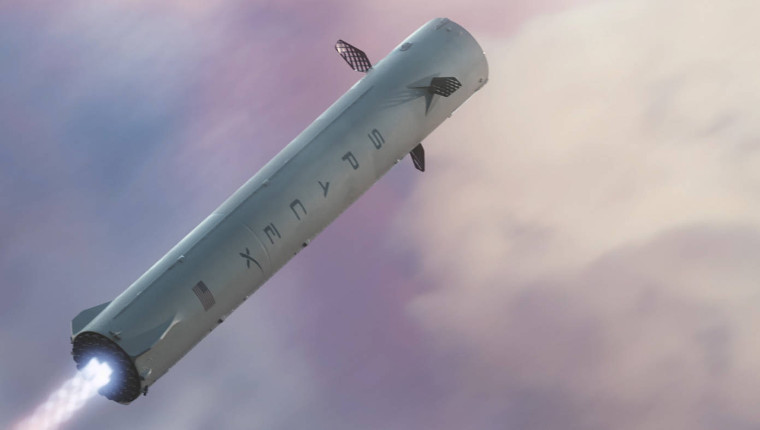
The International Space Station, currently home to three Americans, two Russians, and an Italian, is set to receive its first supercomputer in the coming week. Hewlett Packard Enterprise (HPE) will launch the supercomputer into space on the SpaceX Dragon on Monday as part of a joint experiment with the US space agency, NASA.
Alain Andreoil, a senior vice president and general manager at HPE’s Data Center Infrastructure group, wrote:
“A mission to Mars will require sophisticated onboard computing resources that are capable of extended periods of uptime. To meet these requirements, we need to improve technology’s viability in space in order to better ensure mission success. By sending a supercomputer to space, HPE is taking the first step in that direction. Future phases of this experiment will eventually involve sending other new technologies and advanced computing systems, like Memory-Driven Computing, to the ISS once we learn more about how the Spaceborne Computer reacts in space.”
The machine, dubbed Spaceborne Computer, is based on the Apollo 40 class systems and runs Linux. It will be fitted with a unique water-cooled enclosure for the hardware to address environmental constraints and reliability requirements of supercomputing in space.
The experiment will last about a year, roughly the same amount of time it would take to get to Mars – which would require sophisticated computing capabilities to cut down communication latency and ensure the survival of the astronauts heading for the red planet. Communications between Earth and Mars can take up to 20 minutes one way or 40 minutes for a round trip; therefore, an onboard supercomputer is absolutely necessary.
Source: HPE via People’s Daily | Image via HPE

















22 Comments - Add comment